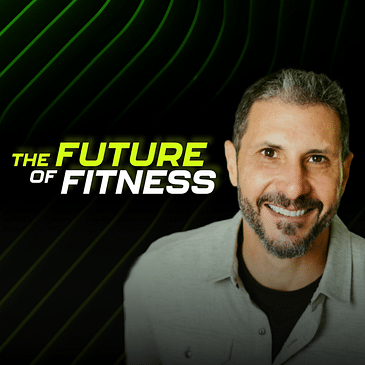In this episode of the Future of Fitness, host Eric Malzone sits down with Forrest Smith, a seasoned entrepreneur and co-founder of a company pioneering the use of red light and laser therapy for neuromuscular pain and inflammation. Forrest shares his journey from starting multiple startups to founding a company focused on creating systemic health and wellness solutions. He explains the science behind their innovative device, which aims to make laser therapy more accessible by reducing costs and making it wearable. Discover how this technology can potentially replace traditional pain management methods like NSAIDs, offering a safer and more effective alternative.
LINKS: https://www.wodify.com/


